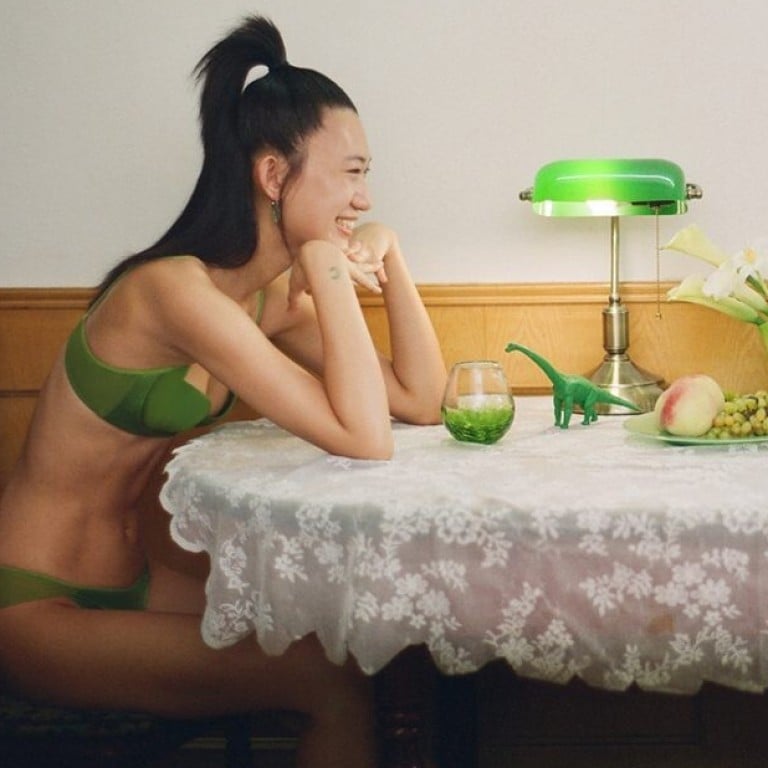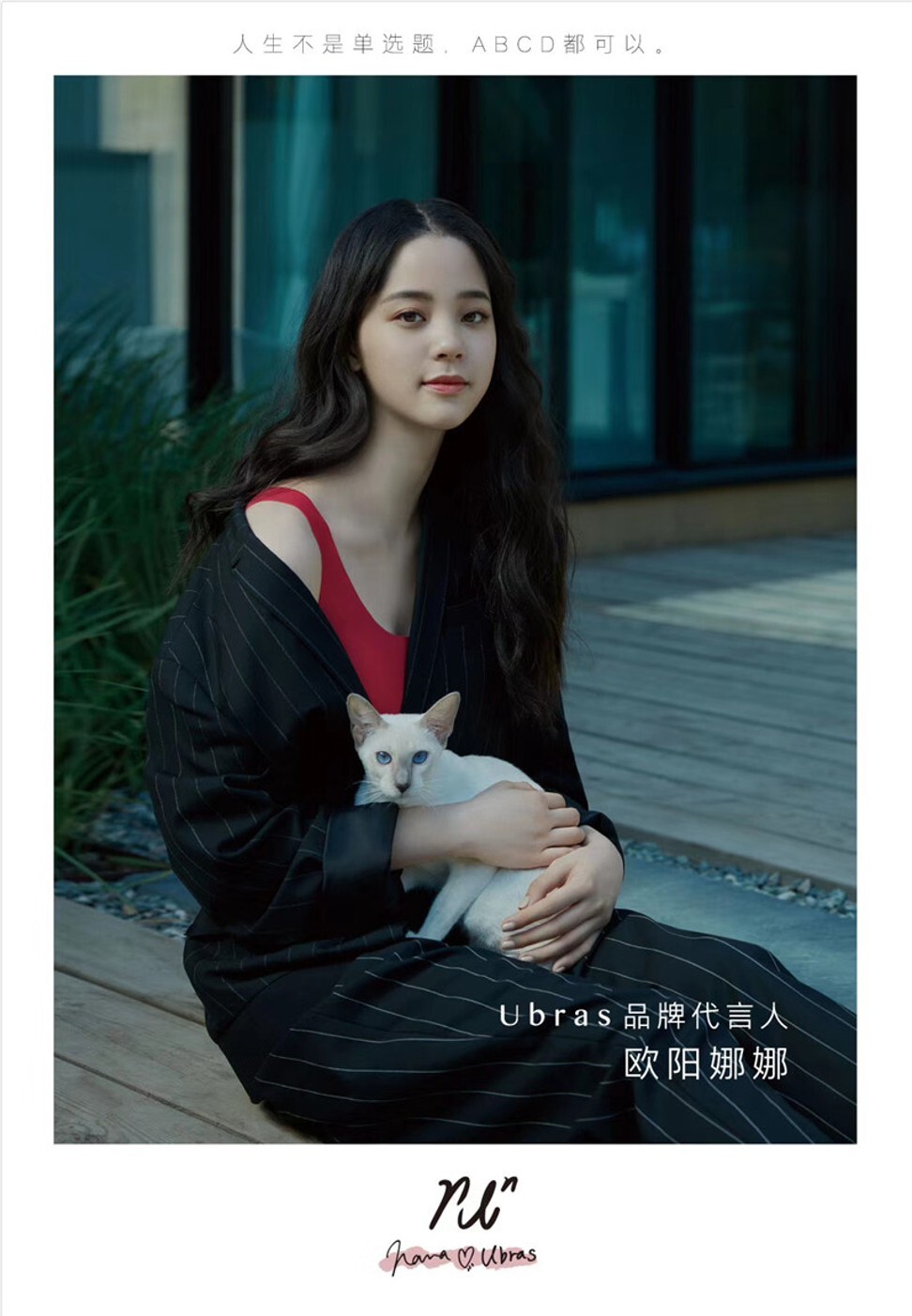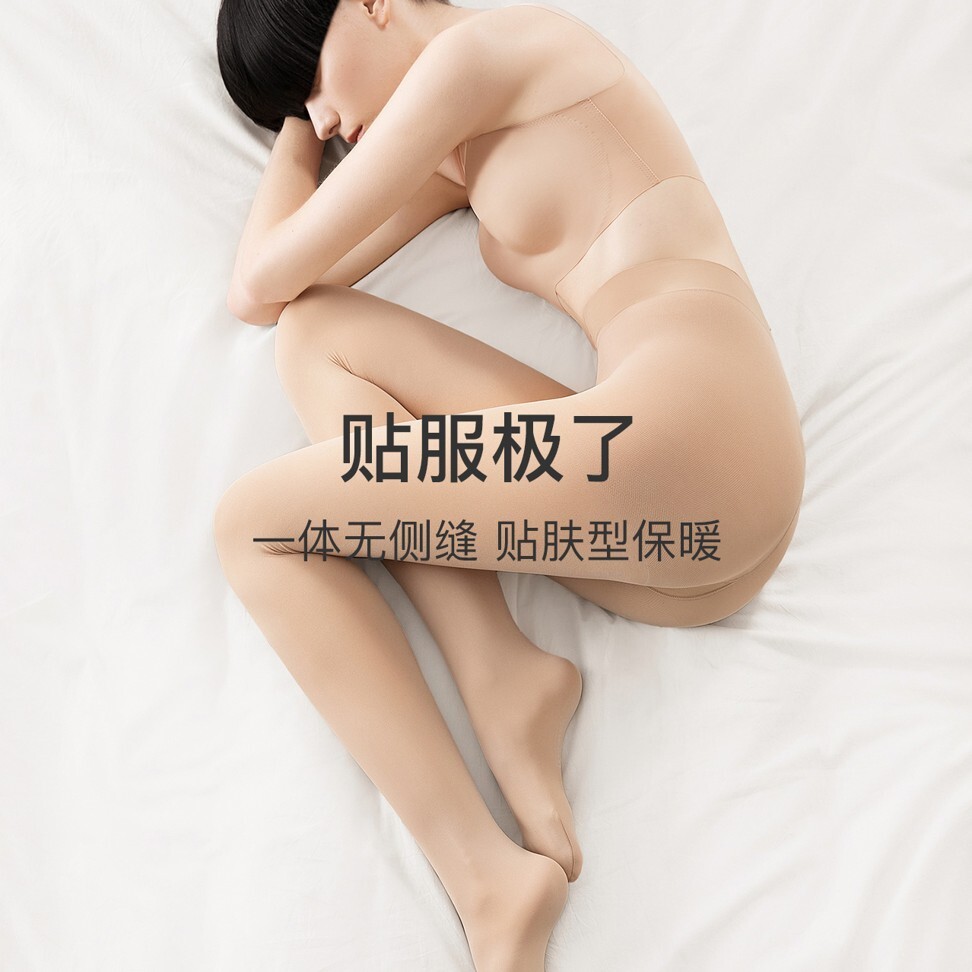Ubras outsold Uniqlo at last year’s Singles’ Day and Victoria’s Secret push-ups are losing out to comfy, label-free underwear: how young Chinese brands are winning the bra wars

Investment capital has recently been flocking to Chinese digital bra start-ups, after “disrupter” labels including Ubras and Bananain grew into multimillion-yuan businesses in barely two years.
Traditional beauty standards formerly forced Chinese women to opt for wired push-up bras, but today’s working millennials prioritise comfort and simplicity.
The market potential for innovative bra labels that embody the values of body positivity and sustainability remains huge in China.
The luxury decade: 21 projections for 2021 and beyond
Lingerie start-ups targeting China’s millennials and Gen Zers had an exceptional year in 2020. Digital bra labels have been the darlings of the Chinese fashion investment capital set these past few years. In 2018 alone, over US$30 million (200 million yuan) of growth capital was poured into China’s digital bra start-ups, according to a report by the data firm iiMedia. And from 2019 to 2020, more than a dozen emerging lingerie brands succeeded in raising millions of dollars – or even hundreds of millions of dollars – to grow their businesses.
Notably, most of these labels were founded by women. And according to most of their companies’ mission statements, they are here to revolutionise the industry because of their own frustration with the ill-fitting, curve-enhancing bras they wore growing up. Today, they are shifting the paradigm by promoting comfortable, gender-neutral and versatile styles.
Why luxury brands need to rethink the ‘last mile’ in the digital age
Livary Mio, a modern, feminine label founded by Miche Huang, recently raised millions of dollars from the VC firm Artesian Invests to grow its online business. Despite being in the market for just over two years, these emerging brands’ overnight success stories imply that there is still a lot of untapped potential in lingerie that touts modern, aspirational values.

“Chinese consumers are very receptive to new brands”, explains the director of Tmall’s underwear division, Sun Su, during an interview with local media outlet Xinlinshou. “Twenty per cent of the top 100 brands at this year’s Singles‘ Day sale were labels founded in the past three years.”
In China’s US$61-billion lingerie market, the move toward comfortable styles is a relatively recent event. Traditionally, brands would promote curve-flattering effects as the lingerie’s central selling point, while mainstream beauty standards also encourage women to strive for a sexy and ultra-feminine look.
Since 2016, wireless lingerie sales have grown 50 per cent each year, mostly thanks to post-90s consumers, according to the consultancy CBNData. By 2020, up to 76.6 per cent of Chinese lingerie consumers said they preferred wireless bras to the traditional push-up models. The busy, working lifestyles of young Chinese women have prompted this surge in demand for bras that feel like they’re barely there.
Get with Kim and Paris’ retro kick with a 2000s era bag

But comfort itself is only a start. As a part of China’s overall consumption upgrade trend, lingerie has turned from functional apparel into a tool of personal expression. “China’s female consumers really care about whether a piece of lingerie can be both beautiful and comfortable, whether it makes them look good, and whether it can pair stylishly with their clothes,” said Miche Huang, founder of the lingerie brand Livery Mio. “They have a higher standard about the lingerie’s aesthetic.”
Zhuorui Fu, a Shenzhen-based investment professional and lifestyle blogger, also emphasised the importance of aesthetics. “Many business reports have overlooked the influence of aesthetics”, said Fu. “Women consumers like myself flock to brands like Neiwai, who have an international design team, for their products’ modern, clean aesthetic.” And while China’s youth continue to value lingerie as an indispensable part of their evolving lifestyles, opportunities for brands that embody progressive concepts remain huge.
The ultimate luxury? Someone remembering your name
One untapped market niche is sustainability. Huang said: “as concerns about sustainability grow in the international lingerie world, brands and consumers in China have also started to be more aware of using environmentally friendly materials.”
Fu echoed this call for sustainability. “I hope to see more sustainable labels that use innovative materials and have a more efficient recycling system”, she said. “Thinking about used bras becoming useless waste is harsh to me – and not just me.”
Another untapped niche is lingerie that touts body diversity. Unlike their Western counterparts, Chinese lingerie labels that promote inclusivity and diversity are still rare in China. While brands like Neiwai and CandyLaVie have made PR strides in fighting the stigmas of ageism and sizeism, they are only the tip of a much-anticipated broader movement towards celebrating body diversity.
“Contrary to the myth that Chinese women are all slim, there is a large variety of body shapes among us,” blogger Zhuorui Fu says. She also challenges brands to think beyond “size” when considering diversity. “It is not just about size”, she adds. “It is also about shapes.”
Therefore, moving beyond the millennial clichés of comfort by further catering to China’s niche needs is the next ground-floor opportunity in China – for both domestic and international lingerie brands.
This article originally appeared on Jing Daily.
Want more stories like this? Sign up here. Follow STYLE on Facebook, Instagram, YouTube and Twitter .

China’s relatively new digital bra labels, including Bananain, Ubras are Livary Mio, are raising millions in investment capital – and quickly becoming the underwear brands of choice for China’s millennials and Gen Z